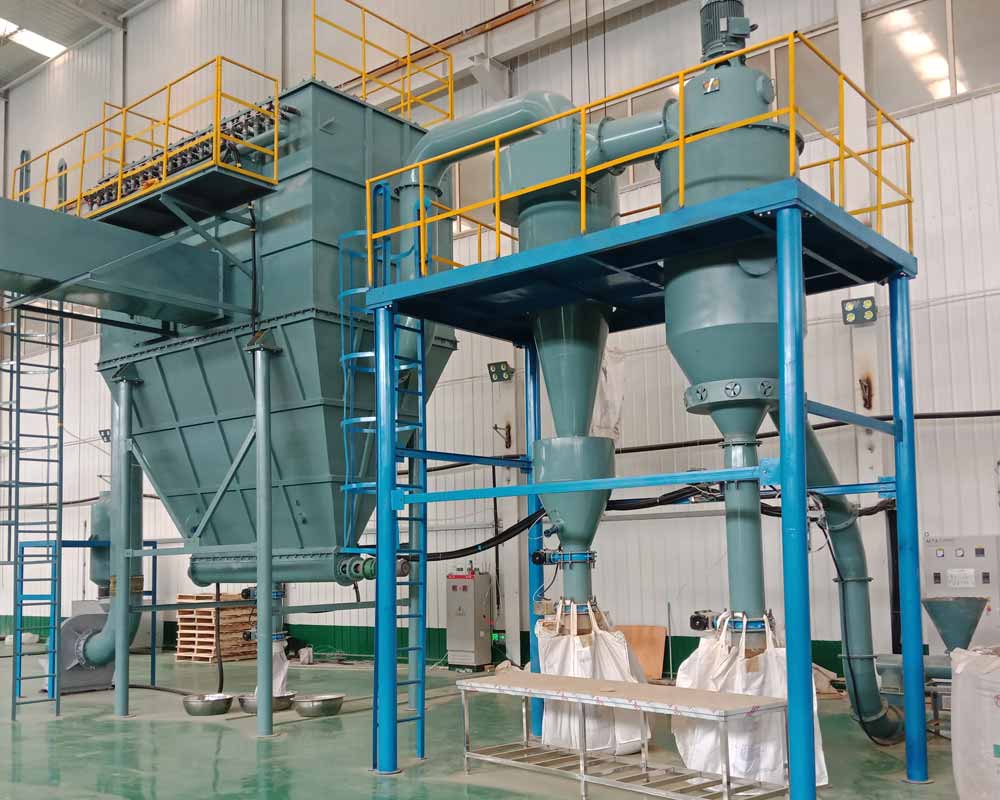Air classifier can classify particles of various shapes
Air classifier is a kind of fine powder screening equipment, it is a kind of non-screen type classification equipment. Compared with screen type, air classifier is more in line with the requirements of today’s environmental protection, and can be dust-free and stain-free during processing. And because it has no screen, it can effectively avoid the phenomenon of material blocking and adhesion, and can also ensure the purity of the raw materials.

The airflow classifier can classify spherical, flake, and needle-shaped particles, and can also classify particles of different densities. It has a wide range of applications, covering almost all areas of dry fine powder, such as metal powder, alloy powder, mineral powder, battery materials, ceramic powder, rare earth, etc. The wide application range of the air classifier benefits from its following performance advantages:
- It is suitable for the fine classification of dry micron products. It can classify spherical, flake, and needle-shaped particles, and can also classify particles of different densities.
- The particle size of the classified products can reach D97: 2~45 microns, the product particle size is adjustable, and the variety is extremely convenient to change.
- The classification efficiency (extraction rate) is 60% to 90%, and the classification efficiency of materials with good fluidity is high, otherwise the efficiency is reduced.
- The vertical grading turbine device is adopted, which has low speed, wear resistance and low system power configuration.
- It adopts horizontal grading turbine device with high speed and accurate apex cutting.
- Multi-stage classifiers can be used in series to produce products with multiple particle sizes at the same time.
- It can be used in series with ball mills, vibration mills, Raymond mills and other grinding equipment to form a closed loop.
- The control system adopts program control, the running status is displayed in real time, and the operation is simple and convenient.
- The system operates under negative pressure, and the dust emission does not exceed 40mg/m³, and the equipment noise is not higher than 75dB(A) through the use of silencer measures.













